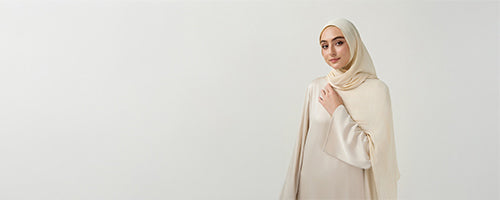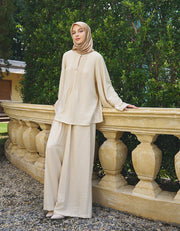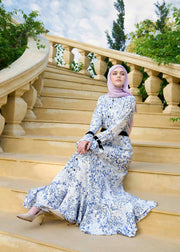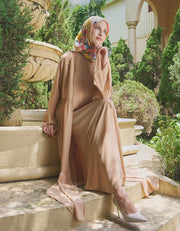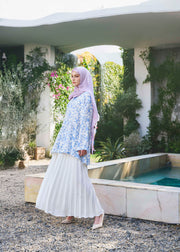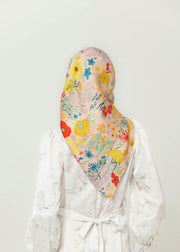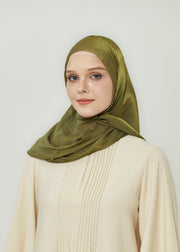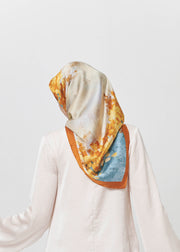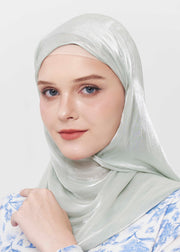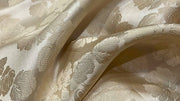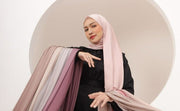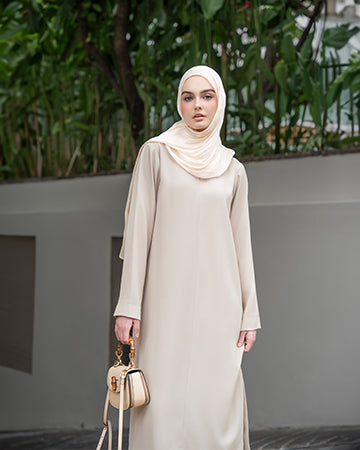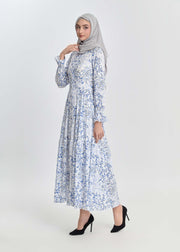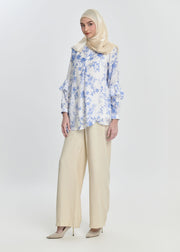The Evolution of Abaya Fashion: From Tradition to Modernity
The evolution of abaya fashion is a fascinating journey through culture, identity, and innovation. Once regarded strictly as a modest garment rooted in tradition, the abaya has transformed into a versatile fashion statement embraced by women around the globe. In this article, we explore how the abaya has evolved over time and how modern designers have reimagined it for contemporary women.
Understanding the Traditional Roots of the Abaya
The abaya has long been a symbol of modesty in many Muslim-majority cultures, particularly in the Gulf region. Traditionally, it was a black, cloak-like garment that covered the body and was worn over everyday clothes. The original purpose was not fashion, but function and modesty — shielding the wearer from public view while preserving cultural values.
The traditional abaya was simple, loose-fitting, and uniform. While black remained the dominant color, regional variations sometimes included subtle embroidery or colored trims.
Understanding the Traditional Roots of the Abaya
The Evolution of Abaya Fashion Begins
As early as the late 20th century, designers started to notice the demand for abayas that reflected personal style without compromising modesty. This marked the beginning of the evolution of abaya fashion. Fabrics became lighter and more luxurious — chiffon, crepe, silk blends — allowing for a graceful drape. Subtle embellishments like lace, beads, and embroidery were introduced.
Women, particularly younger generations, began to view the abaya as more than a requirement; it became a canvas for self-expression. The growing global interest in modest fashion also encouraged designers to experiment further.
Key Milestones in the Evolution of Abaya Fashion
The evolution of abaya fashion can be traced through several major milestones:
-
Color diversity: No longer limited to black, abayas are now available in pastels, jewel tones, and earth shades.
-
Open-front styles: Open abayas that resemble cardigans became popular, especially in casual and formal settings.
-
Layering trends: Layering abayas over pants or dresses became a modern styling technique.
-
Designer collaborations: High-end designers in the Middle East and internationally began creating exclusive abaya lines.
Each of these changes reflects a balance between maintaining modesty and embracing individuality.
The Evolution of Abaya Fashion
The Role of Social Media in the Evolution of Abaya Fashion
In recent years, social media has accelerated the evolution of abaya fashion. Influencers and modest fashion bloggers on platforms like Instagram and TikTok have showcased creative styling tips and unique abaya designs to millions of followers.
Hashtags such as #AbayaFashion and #ModestStyle have created global communities that exchange ideas and inspire innovation. This digital exposure has helped transform the abaya from a regional garment into a global fashion item.
Modern Abayas: A Blend of Tradition and Innovation
Today's abayas blend tradition and innovation in a seamless way. While maintaining modest cuts and lengths, they feature high-fashion elements like:
-
Balloon sleeves
-
Ruffles and pleats
-
Artistic prints
-
Asymmetrical hems
-
Zipper and button details
Some abayas are even designed for specific seasons — lightweight cotton and linen for summer, or lined abayas for colder months. The evolution of abaya fashion has made it suitable for work, travel, events, and even streetwear.
Modern Abayas: A Blend of Tradition and Innovation
Cultural Sensitivity in the Evolution of Abaya Fashion
Despite the many innovations, designers and wearers remain sensitive to the cultural and religious significance of the abaya. The evolution of abaya fashion respects its roots, with modern interpretations never losing sight of the garment’s original purpose.
This balance is what makes the abaya so unique in the fashion world — it adapts, yet honors. Whether styled casually or worn at formal gatherings, the abaya remains a dignified and elegant choice.
Cultural Sensitivity in the Evolution of Abaya Fashion
The Future of Abaya Fashion: What Lies Ahead?
As technology and sustainability become bigger priorities in fashion, we can expect the next phase in the evolution of abaya fashion to focus on eco-friendly fabrics and ethical production. 3D-printed designs, smart textiles, and adaptive fashion could play a role in redefining abayas in the coming years.
Moreover, global collaborations between designers in the East and West will likely produce cross-cultural collections that push the boundaries of what an abaya can be.
Where to Find Modern Abayas That Honor the Evolution of Abaya Fashion
If you're looking to embrace the evolution of abaya fashion in your wardrobe, it's essential to find brands that blend elegance, comfort, and authenticity. Look for collections that are thoughtfully designed — offering timeless styles alongside bold modern expressions.
Discover Minnaba – Where Modesty Meets Modernity
At Minnaba, we believe modest fashion is not about limitation — it's about liberation through style. Our curated collection of abayas reflects the rich history of modest wear while embracing the spirit of modern fashion. From classic silhouettes to trend-forward designs, Minnaba empowers women to express themselves confidently and modestly.
Explore the evolution of abaya fashion through our exclusive pieces — where tradition meets innovation, and every detail tells a story.
Visit Minnaba to discover your next abaya.

